
Francis Ward Monck (born 1842) was a British clergyman and spiritualist medium who was exposed as a fraud. [1] [2]

Francis Ward Monck (born 1842) was a British clergyman and spiritualist medium who was exposed as a fraud. [1] [2]
Monck was born in Portsmouth, Hampshire. He claimed to have psychic experiences as a child. He was a clergyman who began his career as a minister of the Baptist Chapel in Earls Barton, he was interested in spiritualism and became a medium. [3] On 3 November 1876 in Huddersfield a sitter named H. B. Lodge stopped the séance and demanded that Monck be searched. Monck ran from the room, locked himself in another room and escaped out of a window. A pair of stuffed gloves was found in his room, as well as cheesecloth, reaching rods and other fraudulent devices in his luggage. [4] After a trial Monck was convicted for his fraudulent mediumship and was sentenced to three months in prison. [5]
The physicist William F. Barrett also caught Monck[ when? ] in fraud with "a piece of white muslin on a wire frame with a black thread attached, being used by the medium to simulate a partially materialised spirit." [4] [6] In his séances Monck placed a musical clock on a table, covered it with a cigar- box, and claimed spirits caused it to play. It was exposed as a trick as Monck had hidden a small music box that he would play in his trousers. [7]
Monck left for Brooklyn in the United States to ply his trade, where he was well known up until at least 1883. [8]

The psychical researcher Thomas Colley defended Monck. In 1906, Colley offered £1000 to anyone who could reproduce Colley's materialization by fraudulent methods. [9] The magician John Nevil Maskelyne offered to replicate the materialization. He had managed to successfully imitate the materialization but Colley denied that it was an exact replication. Maskelyne also accused Colley of falsely pretending to be an archdeacon, whilst not receiving an official degree. These accusations were denied by Colley. [6] The case went to court in 1907 and Alfred Russel Wallace testified on behalf of Colley and Monck. The trial lasted less than a week. Maskelyne did not get to collect the money. He also had to pay a £75 fine for libel. [6] [9]

Spiritualism is a social religious movement primarily popular in the nineteenth and early twentieth centuries according to which an individual's awareness persists after death and may be contacted by the living. The afterlife, or the "spirit world", is seen by spiritualists not as a static place, but as one in which spirits continue to evolve. These two beliefs—that contact with spirits is possible, and that spirits are more advanced than humans—lead spiritualists to the belief that spirits are capable of providing useful insight regarding moral and ethical issues, as well as about the nature of God. Some spiritualists speak of a concept which they refer to as "spirit guides"—specific spirits, often contacted, who are relied upon for spiritual guidance. Emanuel Swedenborg has some claim to be the father of spiritualism.

A séance or seance is an attempt to communicate with spirits. The word séance comes from the French word for "session", from the Old French seoir, "to sit". In French, the word's meaning is quite general: one may, for example, speak of "une séance de cinéma". In English, however, the word came to be used specifically for a meeting of people who are gathered to receive messages from ghosts or to listen to a spirit medium discourse with or relay messages from spirits. In modern English usage, participants need not be seated while engaged in a séance.

In Spiritualism, paranormal literature and some religions, materialization is the creation or appearance of matter from unknown sources. The existence of materialization has not been confirmed by laboratory experiments. Numerous cases of fraudulent materialization demonstrations by mediums have been exposed.
The Eddy Brothers were William and Horatio Eddy, two American mediums best known in the 1870s for their alleged psychic powers. Magicians and skeptics dismissed the Eddy brothers "spirit" materializations as blatant frauds.
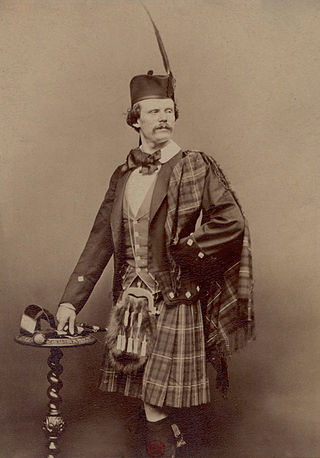
Daniel Dunglas Home was a Scottish physical medium with the reported ability to levitate to a variety of heights, speak with the dead, and to produce rapping and knocks in houses at will. His biographer Peter Lamont opines that he was one of the most famous men of his era. Harry Houdini described him as "one of the most conspicuous and lauded of his type and generation" and "the forerunner of the mediums whose forte is fleecing by presuming on the credulity of the public." Home conducted hundreds of séances, which were attended by many eminent Victorians. There have been eyewitness accounts by séance sitters describing conjuring methods and fraud that Home may have employed.

Mediumship is the pseudoscientific practice of mediating communication between familiar spirits or spirits of the dead and living human beings. Practitioners are known as "mediums" or "spirit mediums". There are different types of mediumship or spirit channelling, including séance tables, trance, and ouija. The practice is associated with spiritualism and spiritism. A similar New Age practice is known as channeling.

Eusapia Palladino was an Italian Spiritualist physical medium. She claimed extraordinary powers such as the ability to levitate tables, communicate with the dead through her spirit guide John King, and to produce other supernatural phenomena.
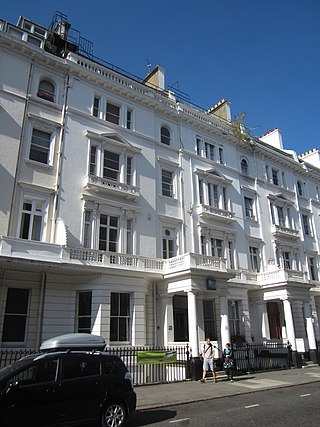
The College of Psychic Studies is a non-profit organisation based in South Kensington, London. It is dedicated to the study of psychic and spiritualist phenomena.

Henry Slade (1835–1905) was a famous fraudulent medium who lived and practiced in both Europe and North America. Slade was best known for his "slate writing" method, where he would purportedly produce message written by spirits on slates.

Florence Eliza Cook was a medium who claimed to materialise a spirit, "Katie King". The question of whether the spirit was real or a fraud was a notable public controversy of the mid-1870s. Her abilities were endorsed by Sir William Crookes but many observers were skeptical of Crookes's investigations, both at the time and subsequently.
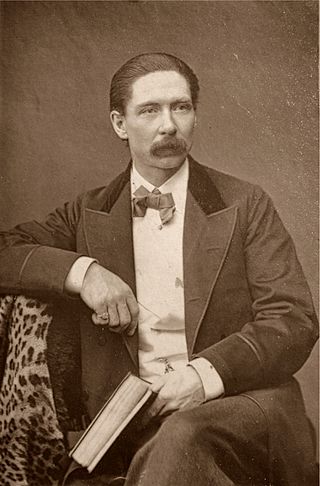
John Nevil Maskelyne was an English stage magician and inventor of the pay toilet, along with other Victorian-era devices. He worked with magicians George Alfred Cooke and David Devant, and many of his illusions are still performed today. His book Sharps and Flats: A Complete Revelation of the Secrets of Cheating at Games of Chance and Skill is considered a classic overview of card sharp practices. In 1914 he founded the Occult Committee, a group to "investigate claims to supernatural power and to expose fraud".
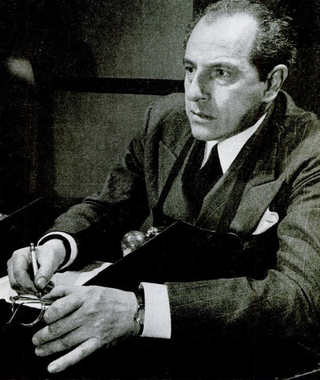
Joseph Dunninger, known as "The Amazing Dunninger", was one of the most famous and proficient mentalists of all time. He was one of the pioneer performers of magic on radio and television. A debunker of fraudulent mediums, Dunninger claimed to replicate through trickery all spiritualist phenomena.

In spiritualism, ectoplasm, also known as simply ecto, a substance or spiritual energy "exteriorized" by physical mediums. It was coined in 1894 by psychical researcher Charles Richet. Although the term is widespread in popular culture, there is no scientific evidence that ectoplasm exists and many purported examples were exposed as hoaxes fashioned from cheesecloth, gauze or other natural substances.

Eva Carrière, also known as Eva C, was a fraudulent materialization medium in the early 20th century known for making fake ectoplasm from chewed paper and cut-out faces from magazines and newspapers.

Franek Kluski, real name Teofil Modrzejewski (1873-1943), was a Polish physical medium criticized by trained magicians and skeptics as a fraud. Kluski was best known for his séances in which alleged "spirit" molds of hands materialized. It was later demonstrated by Massimo Polidoro and chemist Luigi Garlaschelli that these molds could have easily been made by fraudulent methods.
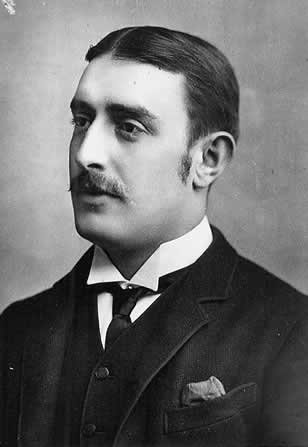
William Eglinton (1857–1933), also known as William Eglington was a British spiritualist medium who was exposed as a fraud.

William Roy (1911-1977) was the pseudonym of William George Holroyd Plowright, a notorious fraudulent medium in the history of British spiritualism.
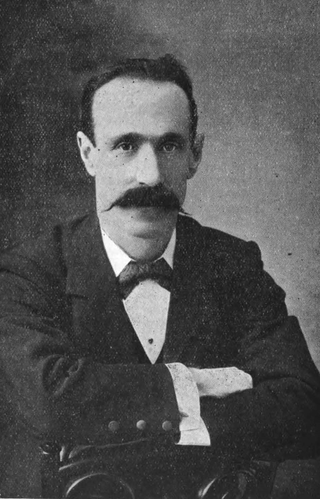
Charles Bailey (1870–1947) was an Australian apport medium who was exposed as a fraud.
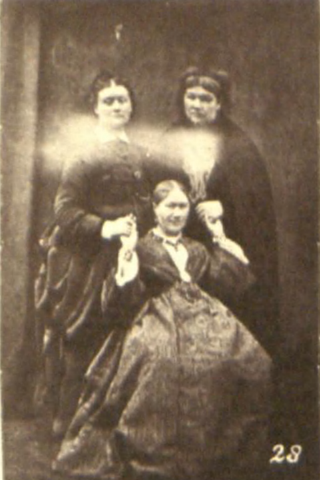
Agnes Elisabeth Guppy-Volckman was a British spiritualist medium.

Annie Fairlamb Mellon (1850–1938) also known as Mrs. J. B. Mellon was a British materialization medium.